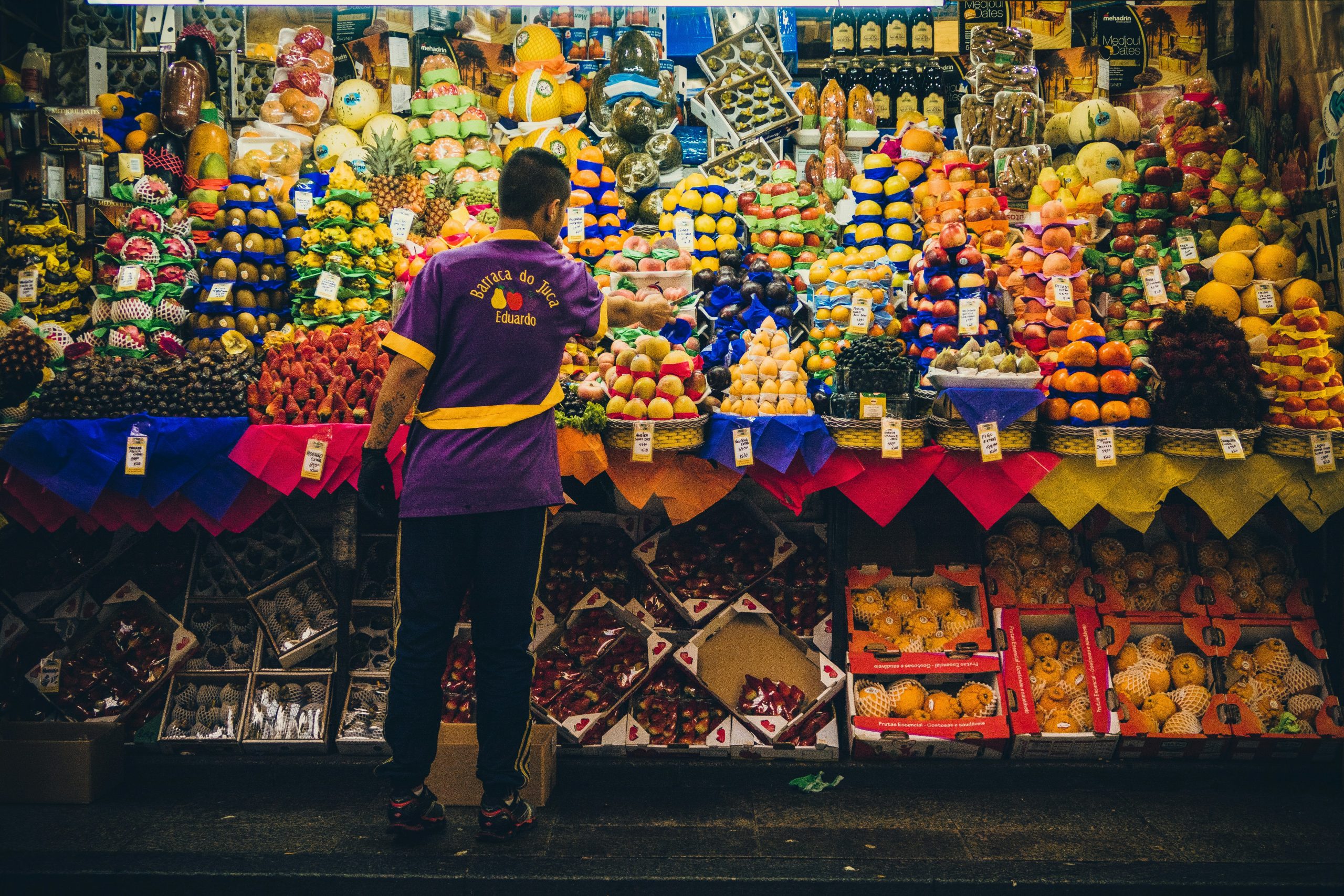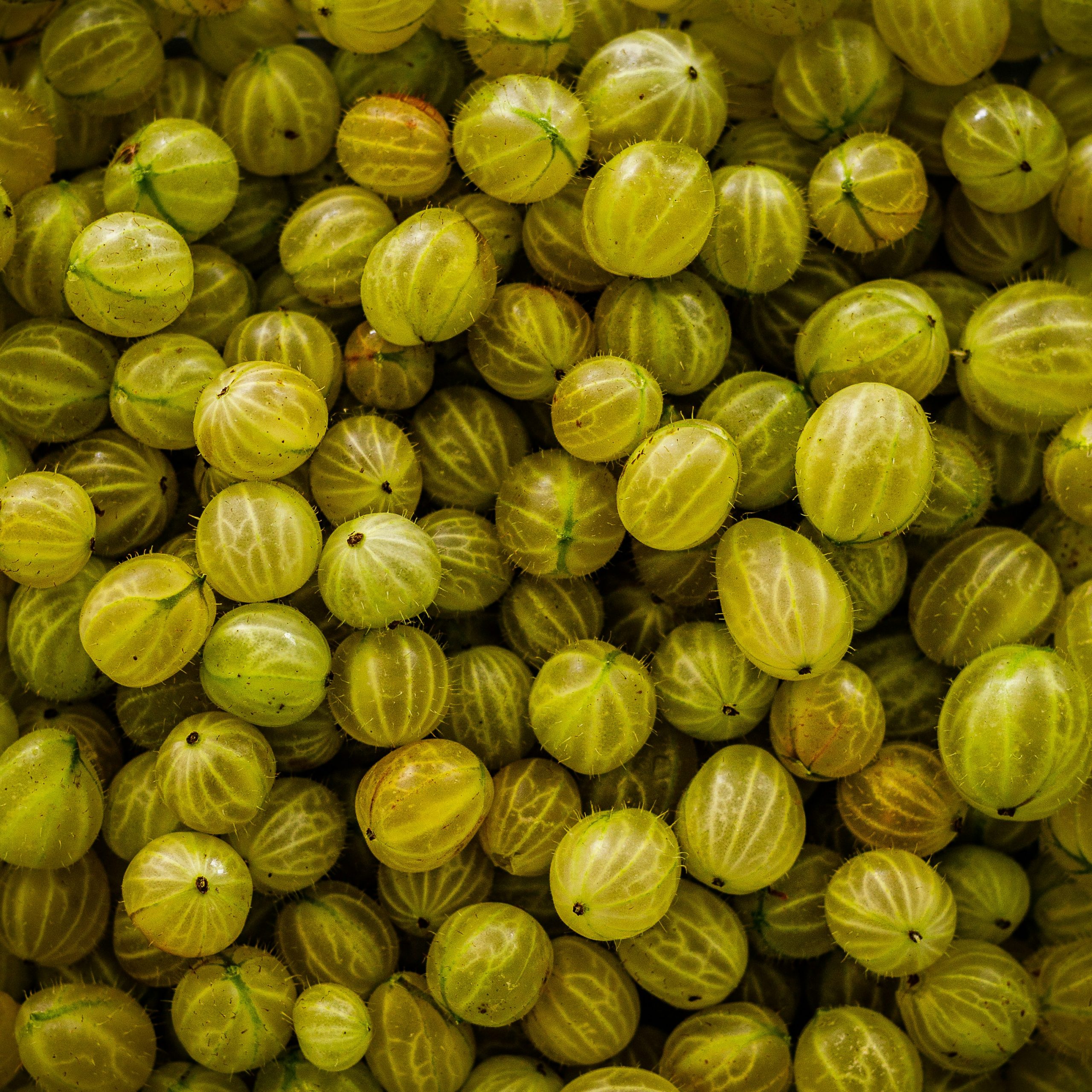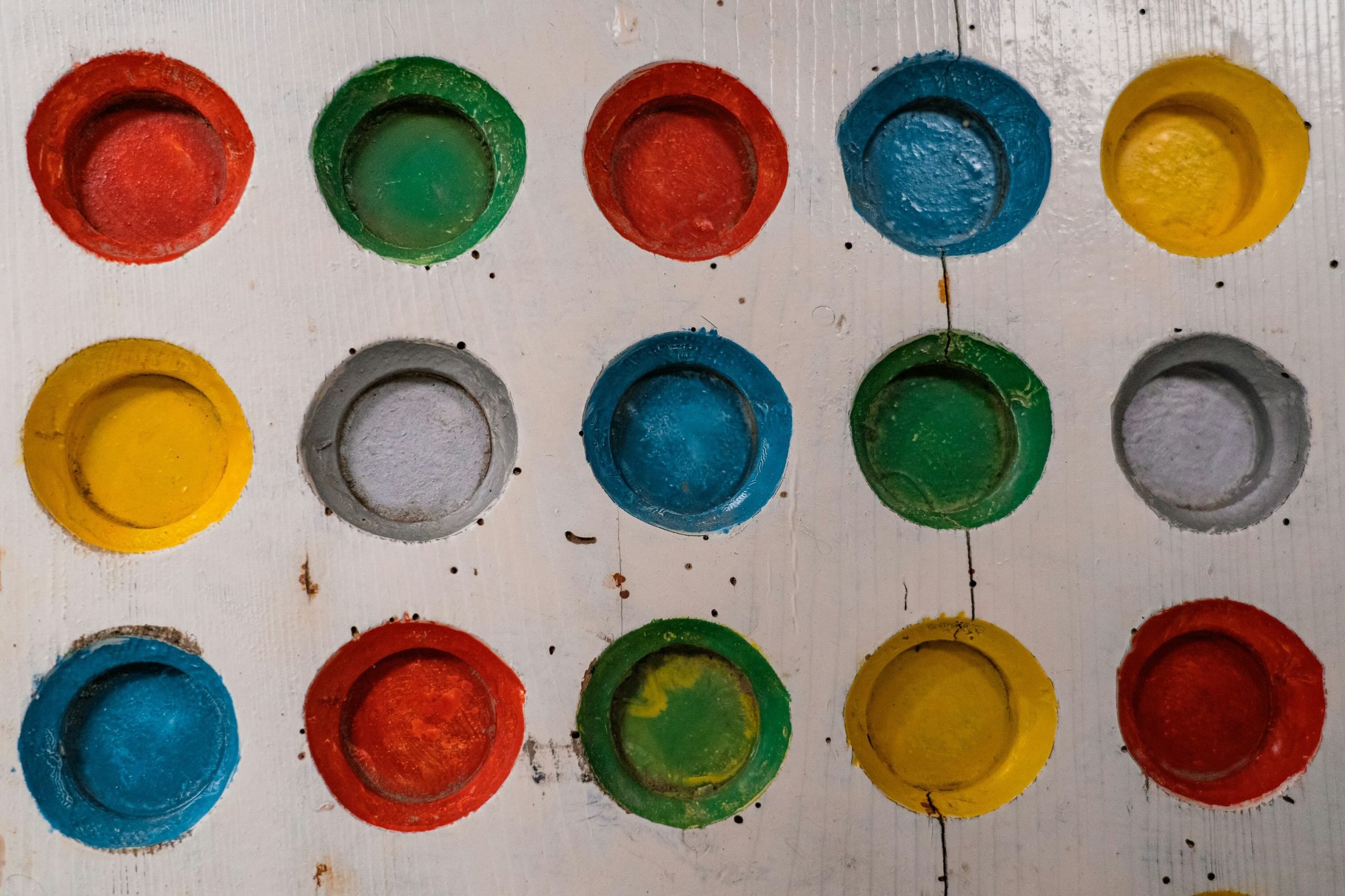Let Me Count The Ways
Once, many moons ago, I was in a bar in Sanlúcar de Barrameda with my friends Tim and Rocío Holt. Possibly I had imbibed one too many copitas of Manzanilla, but I let slip that I wrote poetry – whereupon an earnest young Sanluqueño asked me if my poetry was “subjective or objective”. I felt […]

Once, many moons ago, I was in a bar in Sanlúcar de Barrameda with my friends Tim and Rocío Holt. Possibly I had imbibed one too many copitas of Manzanilla, but I let slip that I wrote poetry – whereupon an earnest young Sanluqueño asked me if my poetry was “subjective or objective”.
I felt a bit like Joseph Cotten’s hapless pulp-Western-writer Holly Martins in the movie The Third Man, when he is quizzed (at a meeting of Viennese intellectuals convened by Wilfred Hyde-White’s unctuous Crabbin) whether he “believes in the stream of consciousness.” The truth was he had me stumped. Various responses came into my mind – including the achingly pretentious “I hope my poetry overcomes the subjective/objective divide” – but none seemed quite right. I mumbled some sort of answer, but felt I hadn’t done justice to the young man’s question.
It came back to me the other day at a big London supermarket tasting, in the following slightly rephrased form: Should one taste subjectively or objectively? On the one hand the question is absurd – after all one has only one’s own sensory apparatus and judgement to taste with. So tasting in that sense is unavoidably subjective.
But on the other hand we wine professionals write and even publish tasting notes, which try to offer some objective bases for judgement; some of us go so far as to give wines marks out of 100 (or 20). I’m not a great fan of numerical ratings, and you could well argue that they offer a spurious kind of pseudo-objectivity. And that is not to mention the phenomenon of grade inflation, which has seen scores both rise and narrow inexorably over the last decade (at least). Or the uncanny way numerical ratings seem to reflect a particular wine’s place in whatever pecking order it happens to find itself. Oddly Cru Bourgeois clarets seem to know instinctively that they are Crus Bourgeois clarets.
Neither am I a fan of what Hugh Johnson (I think) has called the costermonger’s cart approach: filling tasting notes with an indigestible list of ingredients which one could purchase in a supermarket (all those different fruits and spices, jazzed up with recherché qualifiers, Sicilian lemon, stone fruit etc. etc.).
All the same, there are qualities in wines that can be noted with some degree of objectivity. I always like to start with colour; I feel I am on surer ground with the dominant sense of sight, where vocabulary is more developed and more, well, “objective”. Depth and hue of colour, with red wines especially, can be noted pretty accurately and uncontroversially. But hold on: surely there is an emotional or subjective dimension to colour just as much as to smell or taste. So when I note that “there’s a delightful greenish glint to the pale straw-gold” I’m not being entirely objective…
As I tasted through the range of 100 or so wines, I continued to ponder the question. Then a realisation came to me: with many of the wines, my tasting notes seemed to be largely exercises in ticking various boxes. Absence of obvious faults – cork taint, oxidation, bacterial spoilage – should be taken more or less for granted these days but can’t always be. Another box, maybe a slightly old-fashioned one, could be labelled “typicité”. Did this Beaujolais Villages, or Rioja Reserva, or Rheinpfalz Spätburgunder, or Austrian Grüner Veltliner, have a reasonably clear stylistic identity, within generally agreed though undeniably shifting parameters? Yet another box, not the most inspiring perhaps but unavoidable, would be designated “value for money”.
Box-ticking is only ever going to get us so far. None of us, I suppose, became what we are in whatever field with the ambition of becoming a box-ticker. Fortunately, with a good number of the wines at the tasting (not the majority) I had a kind of “ah-hah” response, something which definitely can’t be contained in a box or recorded in numbers.
My notes on these wines tend to have an embarrassingly teenage character – too many exclamation marks and maddeningly imprecise adverbs such as “really” – but I am convinced these are the responses, subjective clearly, that make the whole exercise worthwhile. These are the wines that speak to the taster, carry a message or whole series of messages, about the place or places the wine comes from, the vagaries of the weather over a particular growing season, the qualities of care, nurturing, upbringing imparted by the wine’s human enablers.
But if one is writing for others, with the aim at least in part of persuasion, there is still an obligation to express these responses in terms that go beyond “!!!” or “I love this!” The same requirement holds true in poetry, of course.
Elizabeth Barrett Browning’s sonnet 43 from her Sonnets from the Portuguese, which begins “How do I love thee? Let me count the ways”, might be considered among the most cheesily romantic poems of the 19thcentury. I happen to love and admire it; what I admire is her insistence on counting, distinguishing, defining the ways. As a result, we are not just convinced of the intensity of her passion for her husband and fellow-poet Robert Browning, but impressed by its depth and range.
Is this poetry subjective or objective, to repeat that question posed long ago? Well, it clearly starts in subjectivity, but it also moves out from there to encompass a broad swathe of human experience, at an admittedly exalted level. I wonder, by the way, what happened to my young Sanluqueño friend; I hope he is continuing to ask questions with the power to resonate over decades.
The question isn’t so easy to answer after all.
Photo by Davidson Luna on Unsplash












